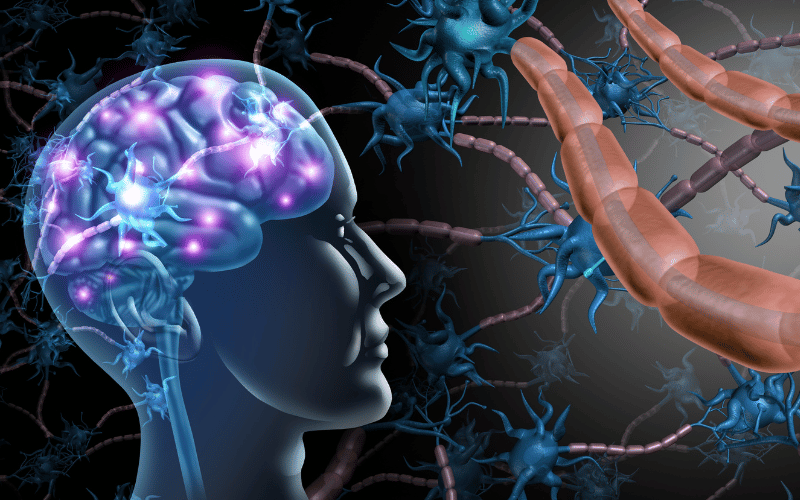Introduction: The Stealthy Foe — Neuroleptic Malignant Syndrome

A grave, yet often overlooked threat to human health is a condition known as Neuroleptic Malignant Syndrome (NMS). Emerging from the depths of certain medical treatments, this syndrome is predominantly linked to the use of antipsychotic medications. Despite its relative rarity, the potential harm it can inflict makes understanding NMS a task of high importance.
Cloaked beneath the routine side-effects of neuroleptic drugs, NMS may stealthily escalate, making its detection crucial for timely intervention. The core weapon in our arsenal against NMS is knowledge—specifically, knowledge of the symptoms that herald its onset. By equipping ourselves with this vital information, we strengthen our defenses against this silent enemy.
Over the course of this article, we’ll delve into the ten pivotal symptoms of NMS. These symptoms serve as vital signposts, signaling the presence of this threatening condition. By understanding these symptoms, we can ensure early detection and prompt intervention, potentially saving lives and reducing the suffering caused by this syndrome.
In our journey to unravel NMS, we’ll cover a range of symptoms, each offering a unique insight into this complex condition. From high body temperature and muscle rigidity to altered mental states and difficulty swallowing, we’ll dissect each symptom, revealing its origins and implications. Through this, we aim to provide an invaluable resource for those looking to understand this elusive foe, giving them the tools needed to combat Neuroleptic Malignant Syndrome effectively.
Symptom 1: Hyperthermia: The Hidden Heatwave of NMS

Stepping into the realm of Neuroleptic Malignant Syndrome, we first meet the dragon that is hyperthermia, or high body temperature. When NMS tightens its grip, the body’s internal furnace goes into overdrive, sending the thermometer soaring, often above 38°C (100.4°F). But why does the body suddenly start radiating excessive heat?
Well, think of your body as a city and NMS as an unwanted guest that sneaks into the power plant. The normal mechanisms that control heat production and dissipation are disrupted. The result? A sudden, dangerous spike in body temperature. But here’s the fascinating part—it’s not just an elevated temperature we’re dealing with.
Hyperthermia in NMS also brings along a unique companion: diaphoresis, or profuse sweating. Imagine your body attempting to cool down a heated engine by releasing droplets of perspiration, but the heat keeps escalating. This duo presents a formidable front, serving as a signpost of the storm brewing within.
Yet, the tale of hyperthermia doesn’t end here. There’s a sinister flipside to this temperature spike. High body heat can cause collateral damage, affecting other organs. It can strain the heart, triggering irregular heart rhythms, or exacerbate pre-existing conditions like heart failure.(1)